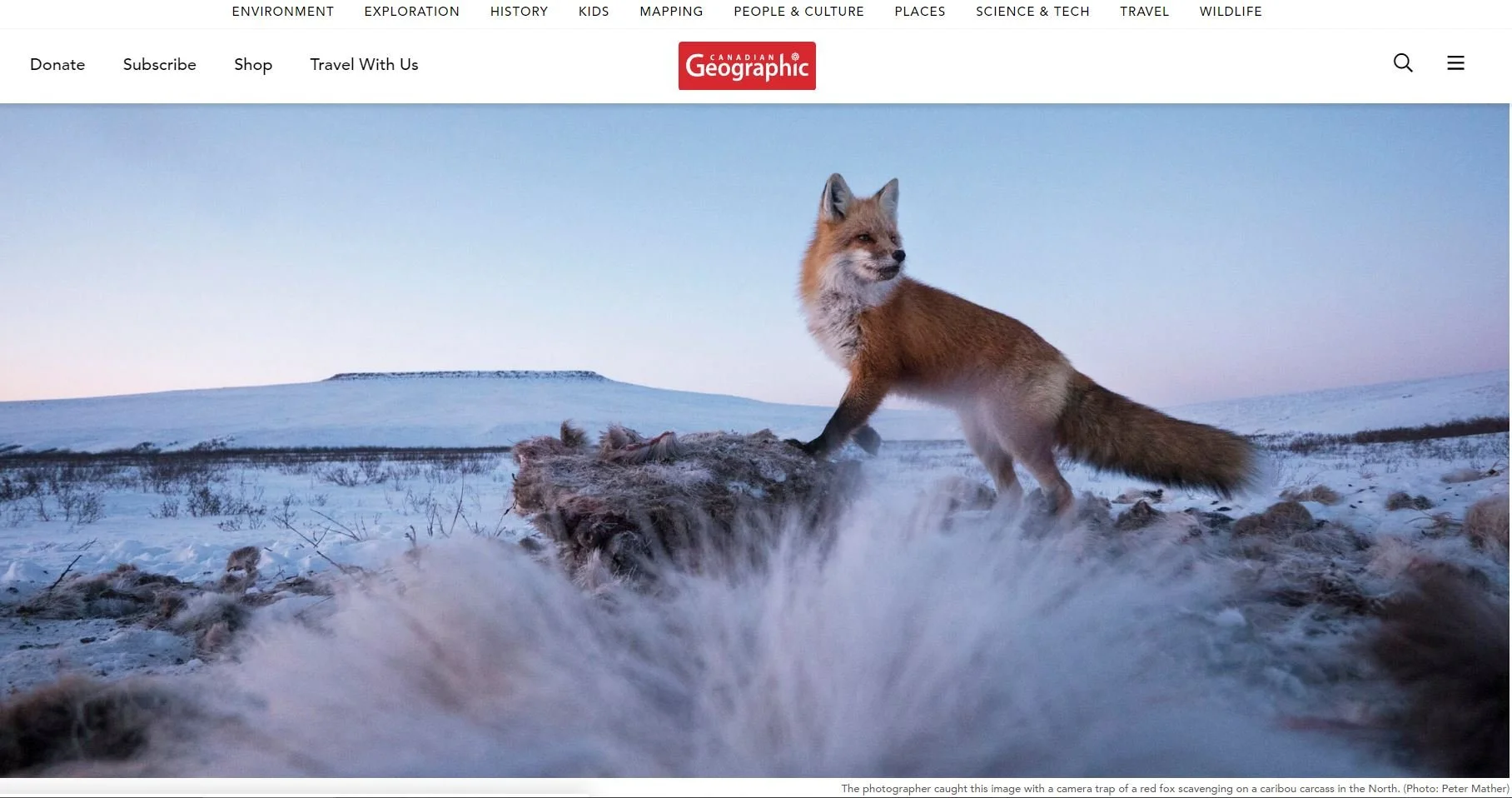Do not disturb: Practicing ethical wildlife photography
Wildlife photographers on the thrill of the chase — and the importance of setting ethical guidelines
JAN 05, 2024 2,849 WORDS 12 MINUTES WITH PHOTOGRAPHY BY BRITTANY CROSSMAN, JOHN E. MARRIOTT, PETER MATHER, ABDULLA MOUSSA, JESSE AND SUSAN VILLEMAIRE AND JENNY WONG
Some excerpts from the article:
“If one photographer uses bird calls to call in a bird and then leaves, the impact’s relatively low,” says Jennifer Leigh Warner, a Texas-based photographer who is chair of the North American Nature Photography Association’s ethics committee. “But when you’ve got dozens of people [making bird calls], and then they’re posting about it online, and other people want to see that same bird they’re using bird calls, it can be a much greater impact. The popularity of nature photography has grown so much. The more people doing it, the more impact we’re going to have.”
THE GOOD NEWS is that it’s easy to find information on how to do things right. A number of the photographers interviewed for this story offer courses and workshops on shooting wildlife more ethically. Many organizations have also produced comprehensive sets of guidelines.
The North American Nature Photography Association’s field practices recommend being mindful of ecosystems’ fragility and staying on trails, learning patterns of animal behaviour and being a good role model to other photographers. The organization is working on a comprehensive e-book that will cover “everything from how to handle specific types of animals to entering private land to the captioning,” says ethics committee chair Jennifer Leigh Warner. Because of new technology like drones and artificial intelligence, the book draft has had to be revised several times. “It’s a very big team effort putting lots of forethought into basically any ethical situation a photographer might run into,” she says.

